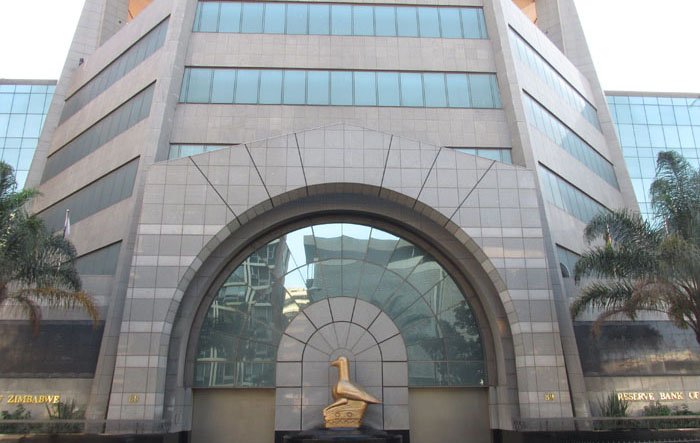Investment window for banks in infrastructure projects
THE Reserve Bank of Zimbabwe (RBZ) has urged the banking sector to join hands with the Government in spearheading high-impact infrastructural projects through provision of funding to steer robust economic growth.
Developing a sound infrastructure is a key enabler to investment attraction and enhancing ease of doing business, economic experts say.
For Zimbabwe, the Second Republic led by President Mnangagwa has taken a leading role to roll out several infrastructure projects across the country as part of efforts to promote economic growth, create employment and improve service delivery.
To complement this effort, the banking sector has been urged to take advantage of investment opportunities in projects ranging from dams construction, irrigation, energy, roads and housing development, among others.
Speaking at a Construction Industry Federation of Zimbabwe (CIFOZ) annual conference in Victoria Falls, RBZ principal bank examiner, Dr Jerry Jorerwe, said developing sound infrastructure must cut across all sectors of the economy.
“Infrastructure can deliver major benefits in promoting economic growth, poverty alleviation and environmental sustainability but only when it provides services that respond to effective demand and does so efficiently,” said Dr Jorerwe.
He indicated that there was high demand for housing and supportive Government policies on housing development, for instance, which banks can capitalise on through availing funding.
Dr Jorerwe said substantial investment was required in development of infrastructure capacity especially power generation, telecommunications, roads, railway, aviation, water and sanitation services.
This is buttressed by a 2019 African Development Bank report that indicated that US$7.9 billion was required for private investment programmes. To finance the capital-intensive projects, he said banks can make use of infrastructure bonds.
“Use of infrastructure bonds have become common to finance infrastructure in developing countries. Bonds can be raised from the domestic markets or international capital markets,” he said.
“The funds unlocked through these bonds provide opportunities for building contractors to participate in the targeted infrastructure projects.”
The other option is user fees infrastructure financing model, which could be a vehicle to be utilised to bankroll projects.
“The transport infrastructure can also be financed through user fees, where the greater proportion of costs can be recouped from the users, for example, road construction partly self-financed through toll fees,” said Dr Jorerwe.
“Other types of financing take the forms of Build, Operate and Transfer (BOT, BOOT). These projects provide significant subcontracting opportunities to local construction industry players.”
The Government has already hinted on plans to launch the US$100 million bond on the Victoria Falls Stock Exchange (VFEX) by the end of this year to mobilise more resources for critical public infrastructural development projects across the country.
In the 2022 national budget, Finance and Economic Development Minister, Professor Mthuli Ncube said the bond would be issued to reduce the costs of borrowing and develop capital markets to create an offshore financial services centre in Victoria Falls and attract more investors from the globe.
In the budget, the Treasury has allocated $334,7 billion for capital projects that include infrastructure. As of June, a total of $141,4 billion of the money had been used and the Government has pledged $172,6 billion more during the second half of the year taking the total allocation to above $500 billion.
In the six months to June 2022, a total of $8 billion was targeted at dam construction, procurement of drilling rigs and borehole drilling.
Priority was on sustaining ongoing projects such as the Gwayi-Shangani and Chivhu dams. Gwayi-Shangani dam is now at around 75 percent completion.-chronicl.c.zw










